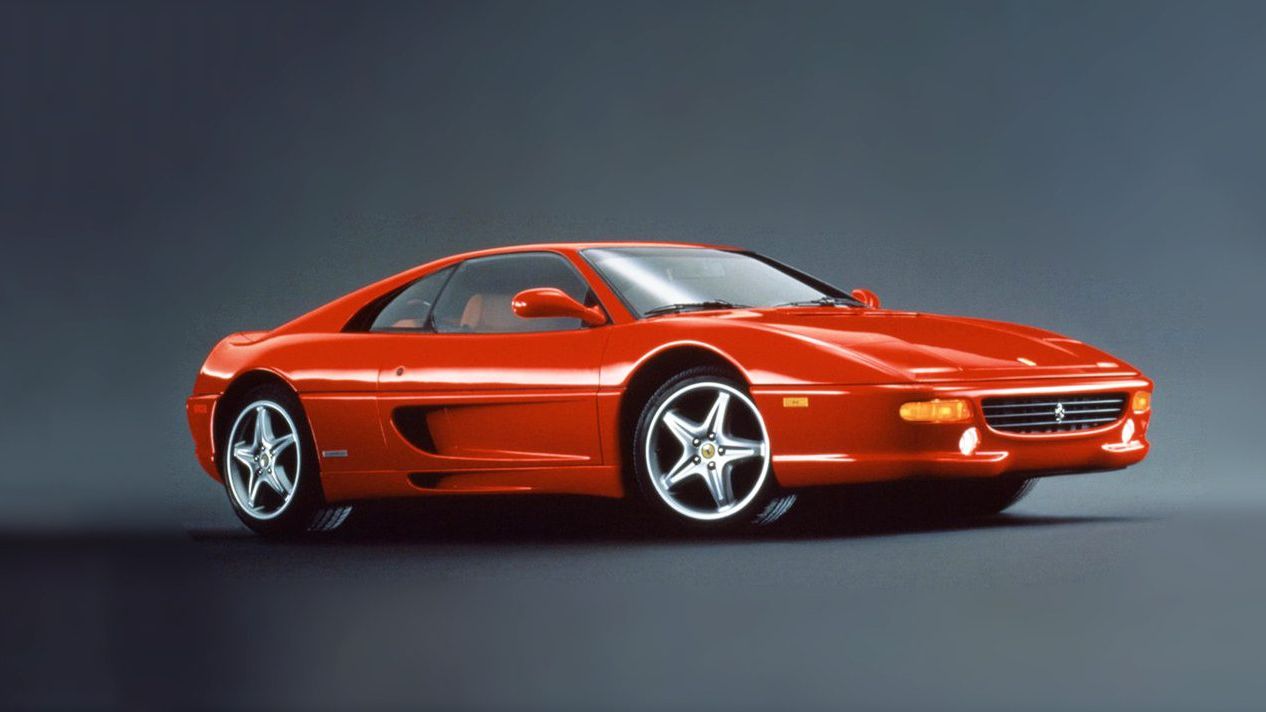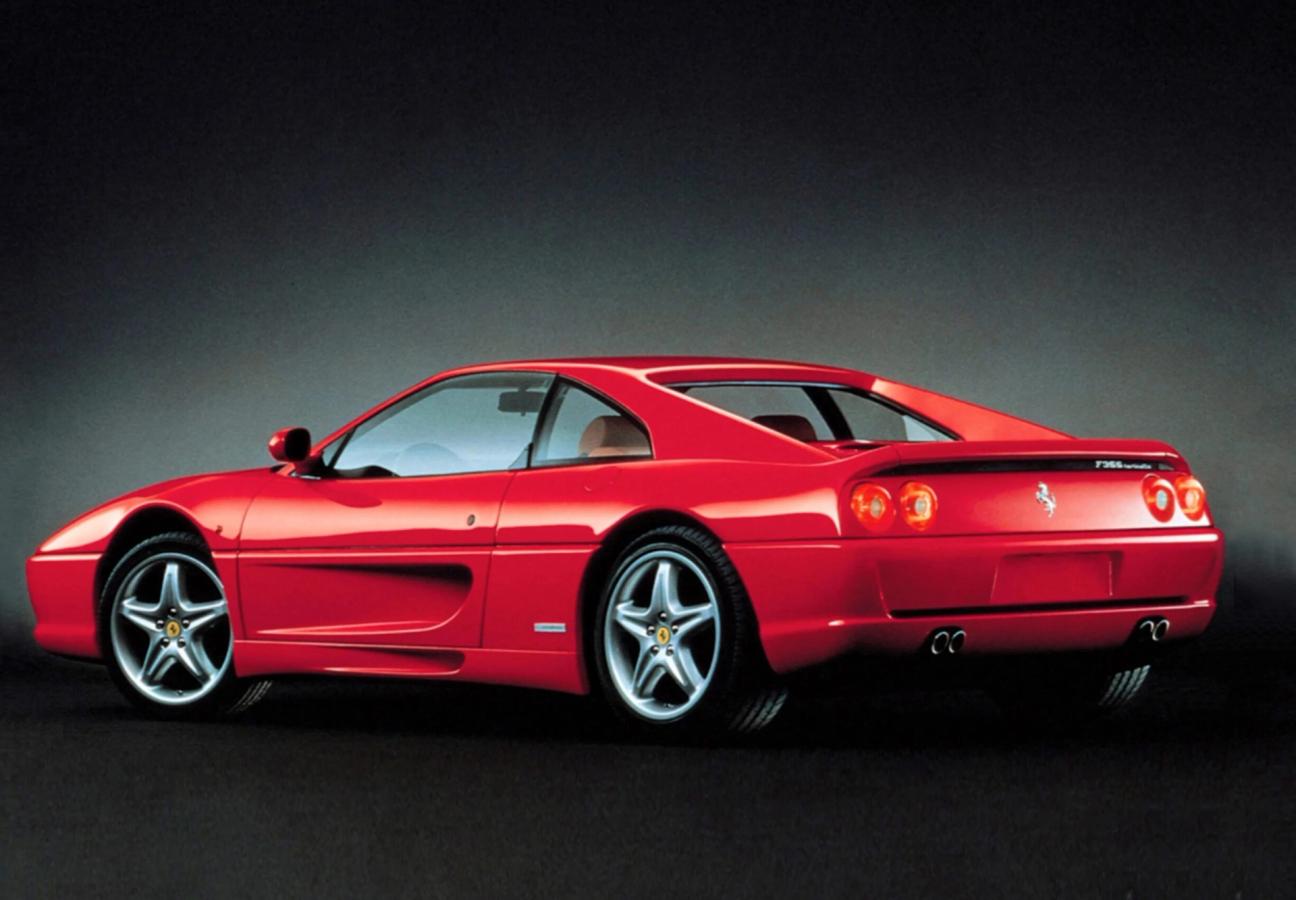

Words: Jonathan Wells
‘Berlinetta’. Sounds terribly sophisticated, doesn’t it? Could be a type of rich, frothy coffee — or a style of suede driving loafer. And it just rolls off the tongue. Ber-lin-ett-a. Sounds like the name of a femme fatale in a Humphrey Bogart flick — or, more likely, the make of pistol she’s got strapped to her thigh. Whatever it sounds like to you, it likely stirs up that same feeling; one of glamour, danger and allure.
Unfortunately, ‘Berlinetta’ actually means, rather disappointingly, ‘little saloon’. But not to worry, because there’s nothing little — or saloon-like, for that matter — about the Ferrari F355 Berlinetta. A hot-blooded, single-minded speedster, the Italian carmaker’s mid-90s monster is super even amongst supercars — with looks that could kill and a howl that’ll chill you to your bones.

The Berlinetta story begins with the F355, which in turn begins with the Ferrari 348. The 348 was the final V8 Ferrari built by Enzo Ferrari before his death in 1988, and became a star turn at any motor show at which it reared its passionate, Italian head. Critics likened the car’s engine to an ‘operatic crescendo’, and having “power to raise goose bumps as Pavarotti climbing to that note in Nessun Dorma”. High praise indeed.
But then this car was a class act. And so, when the F355 project rolled around, Ferrari decided not to start from scratch. Instead, they heavily revised the existing 348, introducing a five-valve cylinder head, titanium alloy construction and a smoother, more curvy design. It was a treat for the eyes, and — thanks to that tweaked 3.5-litre engine — a treat for the ears as well.
And, while there were many variations of the F355 over its five years in production, the Berlinetta was the best — and the original. At its launch, you could only claim keys for the Berlinetta coupé; the convertible ‘Spider’, targa-topped ‘GTS’ and race ready ‘Challenge’ were all still being refined in Pininfarina’s wind tunnels. In our opinion, Ferrari never did improve on the original and the Berlinetta remains a sporty, relatively simple slice of exciting continental carmaking.
That was, however, until three years into production — when the car became anything but simple. With the Berlinetta’s reputation as a beautiful, if mechanically predictable, supercar secured, Ferrari made a change which meshed Formula One technology with a road car in a way never before seen.

At the 1989 Brazilian Grand Prix, Englishman Nigel Mansell took the checkered flag from behind the wheel of his Ferrari. His car, before the race, had been fitted with a pioneering new piece of kit that ensured its success; a gearbox management system controlled by paddles found behind the steering wheel. Eight years after this win, Ferrari was finally confident enough to translate the system into a road car. And the car they chose? The F355 Berlinetta.
It was the first car to be fitted with the famous electro-hydraulic system, and was linked to the car’s conventional six-speed manual gearbox to ensure faster gear changes — while also allowing the driver’s hands to remain on the wheel. It’s a system we see in most manual supercars these days. But, back then, the Berlinetta was blazing a technological trail that no other carmaker could match. Not bad for a ‘little saloon’.
Want more automotive icons? Could the Volkswagen Golf Mk2 GTI be the hottest hatch of all time?
Become a Gentleman’s Journal member. Find out more here.


